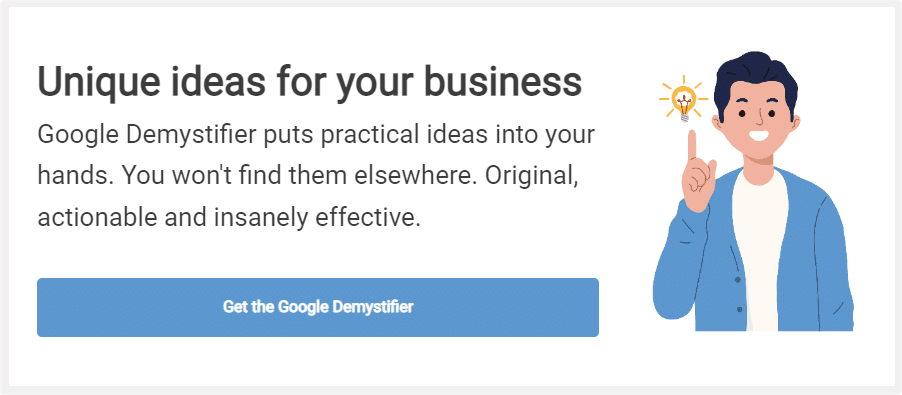You probably know the feeling. You like the product and would like to buy it, but don’t know whether you should trust the company behind the website.
If I order a product online and it never arrives, I can email the company and try to call them. But what if they simply don’t reply?
There’s always some degree of risk.
Buying from Amazon is safe. And buying from the Amazon Marketplace is safer than buying directly from the retailer. Yet I had an unresolved issue with a marketplace seller.
Buying from eBay is safe – especially when you pay with PayPal. Yet I am right now waiting for eBay’s ruling on whether non-delivery of a service I purchased entitles me to a refund.
Buying from DiscountGoods.com, however, might leave me with no hope of a safety net.
Your website’s primary goal is to engage the visitor; to convince them that you have what they’re looking for.
Your website’s secondary goal is to convince them that buying from you is safe.
Whether you offer a free trial, verifiable testimonials, a money back guarantee, an established history, a credit rating or links to reviews… the more you actively demonstrate that there is no/low risk in buying from you, the greater the chance of the visitor buying.
Bonus tip: the more your visitor needs what you sell, the higher the risk they’re prepared to take.
If your product has the potential to cure their insomnia, the risk barrier will be less of an issue.
If your product merely helps them to enjoy better better dreams, the risk barrier may be higher.
Extra bonus tip: what if you can convince your visitors that the benefits of using your product are greater than they anticipated?
That your product can help them enjoy better dreams, leading to deeper sleep and more energy throughout the day? In that situation, the risk barrier would be less significant.
The greater the reward of purchasing, the greater the acceptable risk.

